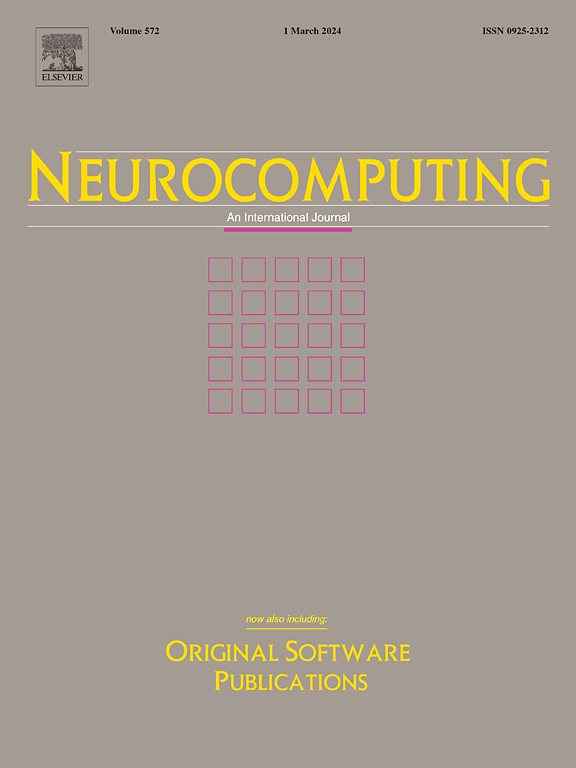A contrastive learning strategy for optimizing node non-alignment in dynamic community detection
IF 5.5
2区 计算机科学
Q1 COMPUTER SCIENCE, ARTIFICIAL INTELLIGENCE
引用次数: 0
Abstract
Dynamic community detection, which focuses on tracking local topological variation with time, is crucial for understanding the changing affiliations of nodes to communities in complex networks. Existing researches fell short of expectations primarily due to their heavy reliance on clustering methods or evolutionary algorithms. The emergence of graph contrastive learning offers us a novel perspective and inspiration, which performed well in recognizing pattern at both the node-node and node-graph levels. However, there are still the following limitations in practice: (i) conventional data augmentations may undermine task-relevant information by bring in invalid views or false positive samples, leading the model toward weak discriminative representations. (ii) the non-alignment of nodes caused by dynamic changes also limits the expressive ability of GCL. In this paper, we propose a Contrastive Learning strategy for Optimizing Node non-alignment in Dynamic Community Detection (CL-OND). Initially, we confirm the viability of utilizing dynamic adjacent snapshots as monitoring signals through graph spectral experiments, which eliminates the dependence of contrastive learning on traditional data augmentations. Subsequently, we construct an end-to-end dynamic community detection model and introduce a non-aligned neighbor contrastive loss to capture temporal properties and inherent structure of evolutionary graphs by constructing positive and negative samples. Furthermore, extensive experimental results demonstrate that our approach consistently outperforms others in terms of performance.
求助全文
约1分钟内获得全文
求助全文
来源期刊

Neurocomputing
工程技术-计算机:人工智能
CiteScore
13.10
自引率
10.00%
发文量
1382
审稿时长
70 days
期刊介绍:
Neurocomputing publishes articles describing recent fundamental contributions in the field of neurocomputing. Neurocomputing theory, practice and applications are the essential topics being covered.
 求助内容:
求助内容: 应助结果提醒方式:
应助结果提醒方式:


